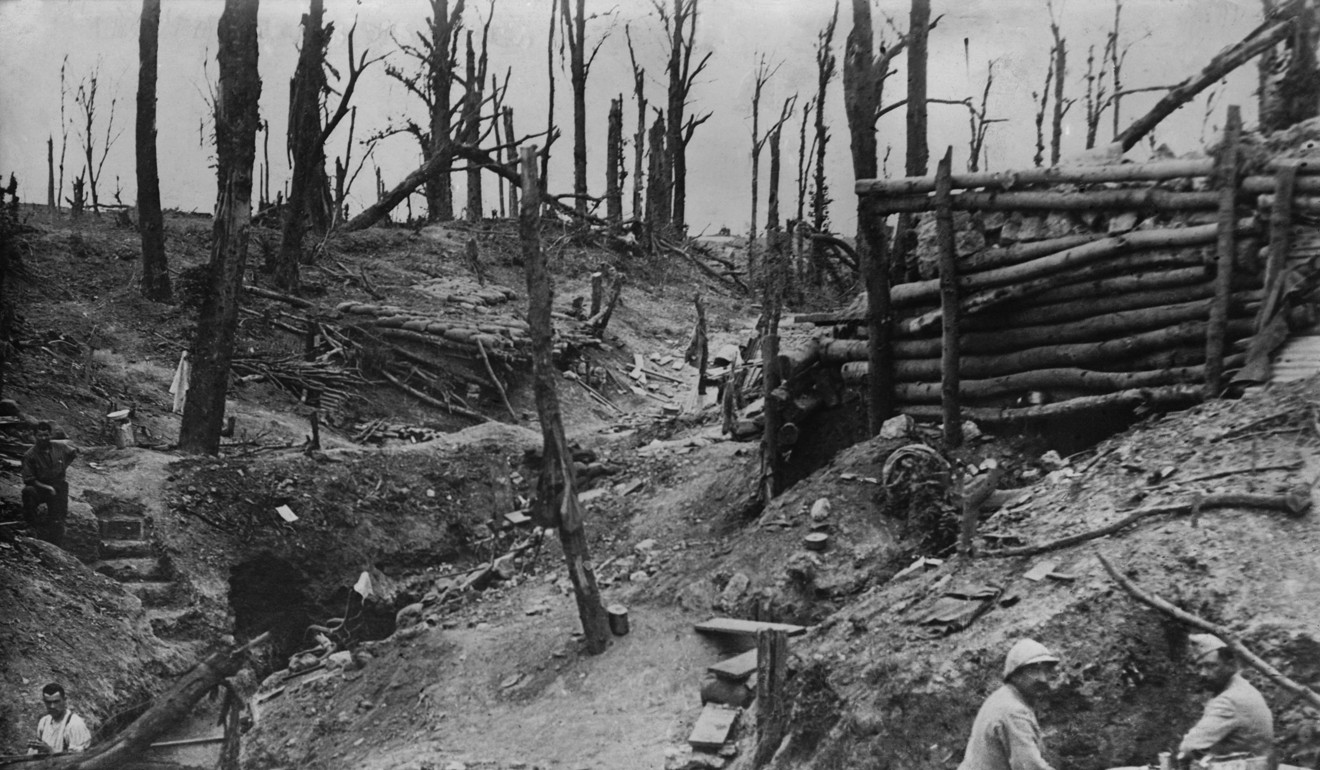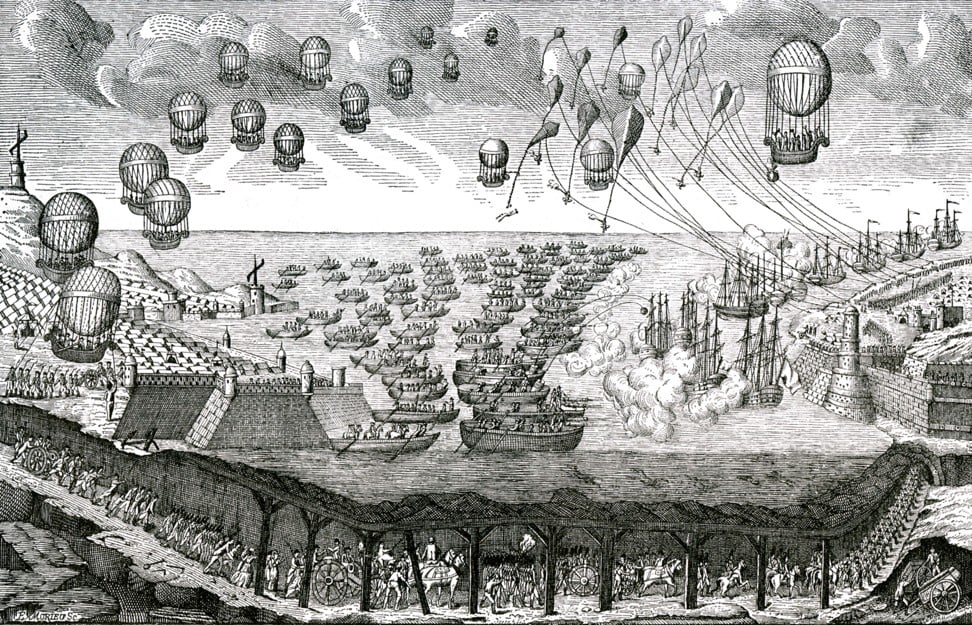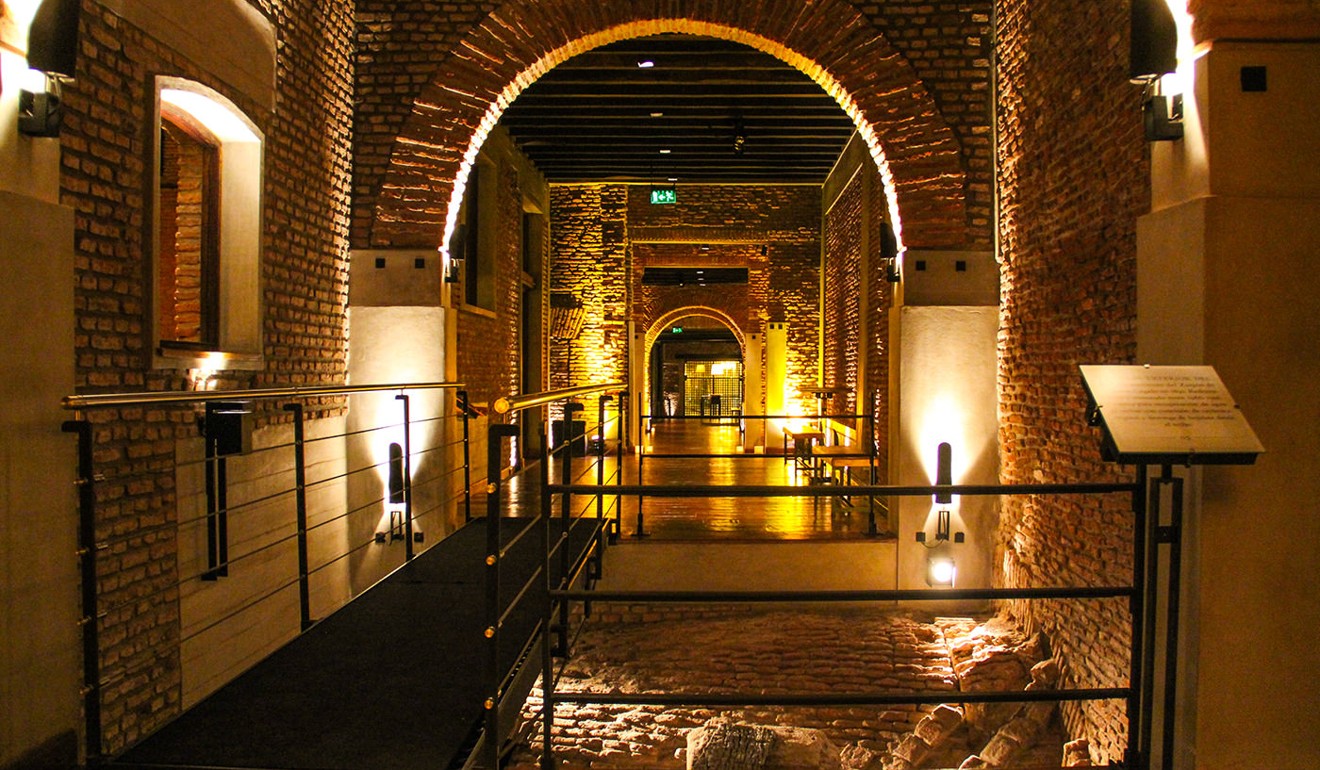When it opened in 1843, the Thames Tunnel was described as the eighth wonder of the world. On the first day alone, 50,000 people paid a penny to walk beneath London’s landmark river, inside what was the world’s first underwater tunnel, the South China Morning Post reported.
Fast forward 175 years and records are still being broken. Marmaray, in Istanbul, Turkey, is the first undersea tunnel connecting continents and Switzerland’s 57km-long Gotthard Base rail tunnel, which runs under the Alps, is the world’s longest and deepest.
Not all underground digs are cause for celebration, however. Between 1941 and 1945, Japanese occupiers forced villagers to build air-raid tunnels on Lamma Island before executing the labourers to ensure the locations remained a secret. The following seven subterranean must-sees can all be visited on tours or used as a means of getting from A to B.
DMZ, North and South Korea

Thanks to tip-offs from defectors, the South Koreans have found four tunnels beneath the demilitarised zone (DMZ) since 1974. Rather than admit they were built for military invasion, the North claimed the underground excavations were mine shafts, and to prove it, painted the walls anthracite black.
Well, if you are going to mine for coal, why not do so below the world’s most heavily fortified border?
Four hundred metres of the 1.7km-long Third Infiltration Tunnel lies under the South Korean side of the frontier and tours enable visitors to get within 170 metres of North Korea before progress is impeded by concrete blockades. Overhead clearance is limited and safety hard hats are essential.
If you ask me, the gift shop is missing a trick by not selling presentation boxes of “genuine” DMZ coal.
The Faroe Islands

The Faroes are made up of 18 isolated, windswept islands linked by a flotilla of ferries, tossed about by churning North Atlantic seas. A helicopter service is also available but flights are often cancelled due to stormy weather (Good luck with your international flight connection).
Fortunately, since the 1960s, the self-governing region of Denmark has been busy blasting, boring and digging. Today, 90 per cent of the archipelago’s population are connected by tunnels of all shapes and sizes – from brightly lit subsea toll roads to hair-raising, single-track holes hewn out of the hills, some of which are daunting enough to feature on the dangerousroads.org website. Before the tunnels existed, the alternative was often a long hike over a mountain. And in this rainy Scandinavian outpost, that usually meant getting soaked to the skin.
CU CHI TUNNELS, VIETNAM

The tunnels of Cu Chi, 25km northwest of Ho Chi Minh City, were excavated in the late 1940s by the Viet Minh, during the first Indochina war, against the French. The district became a Viet Cong stronghold during the Vietnam war and the network of narrow passageways was extended and deepened to improve the chances for those inside of surviving aerial bombardment and search and destroy missions conducted by American forces.
Viet Cong guerillas spent the daylight hours holed up in their carefully concealed lairs, emerging after dark to conduct military operations or scavenge for food. The underground maze connected villages and incorporated workshops, meeting rooms and clinics as well as sleeping and eating quarters. Conditions in the airless shafts were tough – besides living with the constant fear of being flushed out by the enemy, infections and disease were rife.
The tunnels have since been enlarged to accommodate generously proportioned foreign tourists, who must crawl through the enclosed space on hands and knees. Definitely not for claustrophobia sufferers or anyone in white clothing.
The Somme, France

The first world war is infamous for the carnage of the trenches during the Battle of the Somme but another equally brutal campaign took place in a network of tunnels beneath the battlefields. Coal miners and sewerage workers were recruited to dig under enemy positions and lay explosives that would be detonated prior to an infantry assault.
The human moles worked in a dark, constricted environment, up to 35 metres below the surface, and toiled in near silence in constant fear of being discovered by the enemy. There are few signs of the Great War above ground but many of the damp passageways are still much as they were 100 years ago.
Search online for tours – they tend to be organised by enthusiasts, military historians and archaeologists rather than mainstream tour operators.
The Great Siege Tunnels of Gibraltar

Faced with French and Spanish forces hell bent on recapturing the Rock of Gibraltar in what would become known as the Great Siege (1779-83), the beleaguered British started burrowing into the limestone with crowbars, sledgehammers and gunpowder.
Dust and blast fumes compelled the engineers to create fresh-air vents, which, they quickly realised, made ideal cannon emplacements. The galleries were expanded during the second world war and served as US general Dwight Eisenhower’s gloomy, humid headquarters while he planned the invasion of North Africa, in 1942.
There are more than 50km of tunnels, and sightseeing tours venture into an underground fortress capable of housing thousands of men and enough supplies to survive for more than a year.
The Channel Tunnel

The original proposal for an underwater crossing between France and England, put forward by Napoleon’s engineers in 1802, included provision for oil lamps and an artificial island halfway across for changing horses.
Unsurprisingly, the scheme didn’t get beyond the drawing board and it wasn’t until 1988 that work began on a 50km mega project that took six years to complete.
There are, in fact, three tunnels – two for trains and a service and evacuation route, a crucial consideration as the “chunnel” boasts the longest subsea section of any tunnel in the world. In 2017, an average of 58,000 passengers travelled beneath the channel every day – none of them by horse.
El Zanjon de Granados, Buenos Aires, Argentina

In 1986, Jorge Eckstein bought a derelict tenement building with the intention of converting it into a restaurant and art gallery. As renovation work on the 19th-century mansion got under way, however, he discovered that the property had been built on top of a warren of brick tunnels and a river that had been sealed off in the 1880s, after a yellow fever epidemic.
Archaeologists have painstakingly restored the tunnels, and the house has been converted into a museum. Hour-long tours are available for US$8 (don’t grumble about the modest entry charge; El Zanjon de Granados is a labour of love and the Ecksteins have spent a small fortune on the project).
Source : South China Morning Post


















